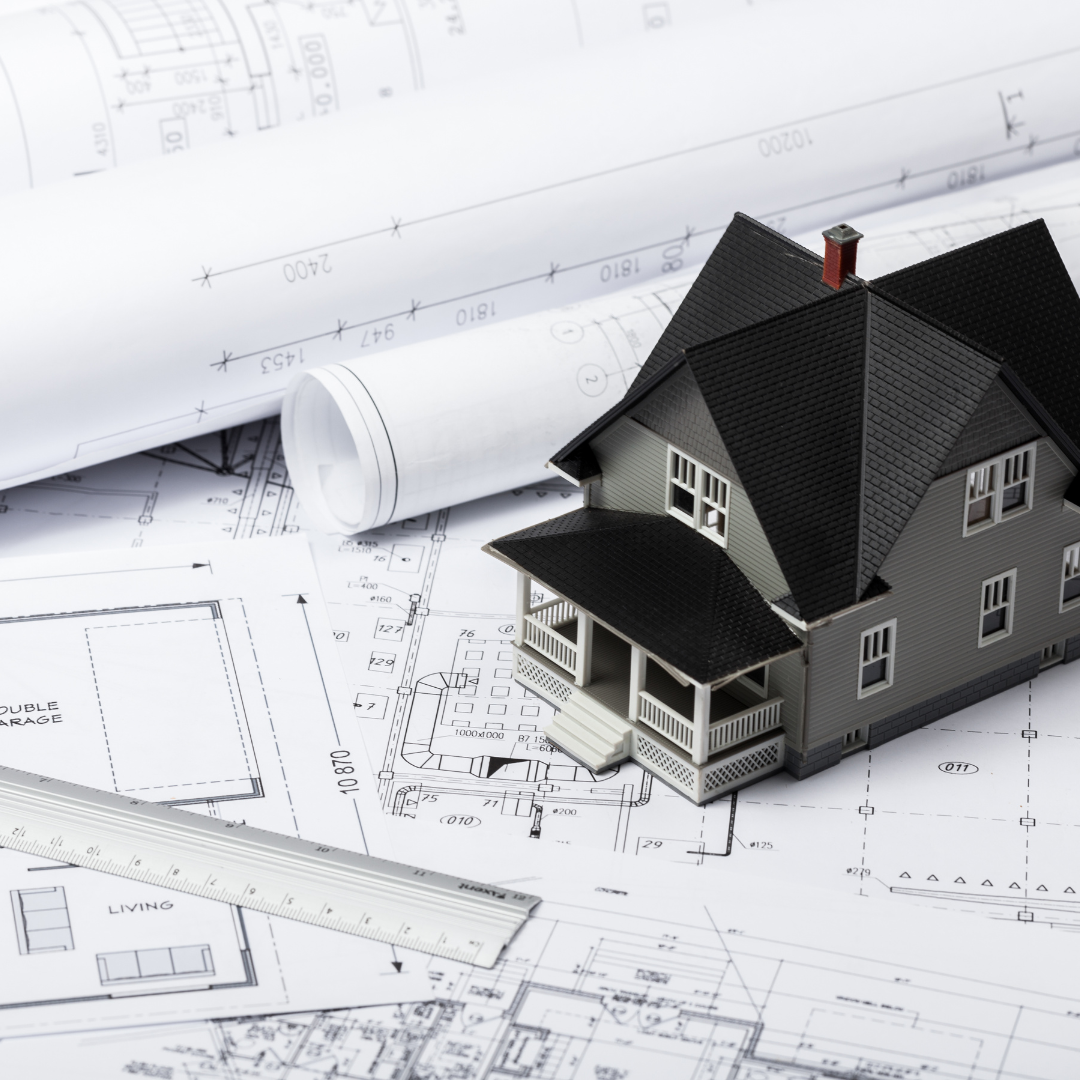Constructing a building is a technical process that requires the technical expertise and knowledge of seasoned industry experts. Architects, engineers, and contractors work together with builders and other professionals and tradesmen to ensure that a building is constructed safely within the expected time and budget limits.
Here is more information about the role of architects, engineers, and contractors in constructing a building from conception to completion.
The Role of Architects
Design
An architect meets with a client to discuss what a building needs and what the client requires. One of the core items discussed in these meetings is the physical design of a building.
An architect creates a detailed concept according to client needs and uses this information to hold meetings and discussions with other members of the construction team before the final iteration of the design is approved.
Documentation
Architects revise the detailed drawings of a building and they use different types of software to incorporate changes based on compliance regulations, budget constraints and client needs. These include early sketches and subsequent detailed illustrations that give an idea of the layout for different spaces.
The detailed construction documents created by an architect serve as a guide for other team members like builders and contractors.
These documents include architectural plans, size specifications, sections and elevations which outline the intended construction methods, finishes and materials to be used.
Compliance
Architects are instrumental to helping you obtain the required permits from relevant local authorities. Once they prepare and submit construction documentation like architectural plans, legal compliance can be achieved before the construction process is started.
Collaboration
An architect works closely with other construction experts like contractors to address design-related queries and clarifications that arise during the construction process. By doing this, architects ensure that the project is built according to the approved designs, materials, methods and quality standards.
Project Management
An architect manages a building project by referring to documents and estimating costs at different stages to ensure complete control over the intended budget. An architect also visualizes the whole structure and suggests creative ideas and designs to ensure the building is constructed to the necessary specifications.
Architects perform site visits, meetings and negotiations with other team members to resolve challenges that occur during the construction process. They also sign off on further documentation that arise during different phases of construction.
When working as a project leaders, an architect also ensures that funds are always available to keep the project going. The funds are used to purchase materials, rent construction equipment and pay subcontractors on a regular basis.
The architect also advises the client on how to manage involved contracts to ensure their interests are met to the best level possible.
Aesthetics
Architects contribute their artistic knowledge to ensure that your spaces are designed to result in harmonious and appealing spaces, taking factors such as proportions, balance, scale and overall aesthetics of the interior and exterior of the structure.
The role of engineers

There are different kinds of engineers, and when it comes to building a home only structural, civil and building engineers are involved. Other kinds of engineers like electrical and mechanical engineers are typically involved in larger scale construction projects.
Construction management and health and safety
Engineers oversee the construction of critical elements like the foundation, beams, columns, floors, walls and roofs among others. Engineers are also responsible for managing equipment and material on a construction site.
They ensure that materials are used responsibly and that equipment is handled safely. Earthmoving, safety, and material handling equipment can be complex and dangerous. Engineers make sure that workers can navigate them safely without incident and that they are cleaned and stored well after use.
Thousands of people are injured and killed in construction accidents that could have been prevented with proper safety precautions. Engineers ensure that all health and safety regulations are adhered to.
This involves conducting a comprehensive risk assessment aimed at identifying potential hazards, in addition to creating and implementing a safety plan to mitigate any identified hazards. The plan ought to be distributed to all workers on the construction sites so that everyone in proximity to the construction site is aware of potential hazards and how to avoid them.
Project management
Engineers ensure that a construction project is completed within the allocated time and budget. They are expected to keep track of the various phases of construction, particularly because construction projects are contractual and time bound.
Engineers also make sure that the necessary building regulations are met because construction is governed by many laws. An engineer has to prevent legal consequences to ensure that building projects meet all the required guidelines.
Quality control
Engineers make sure that the quality of construction work meets the expected standards. A good example is ensuring that a building foundation is level and stable enough to handle the weight of the structure.
This function is especially important in areas prone to natural disasters such as floods and earthquakes. Engineers also check for structural defects like cracks in walls and columns, floor peeling, and roof leakages among other issues.
The role of contractors
Construction Execution
Contractors execute and track construction processes to ensure that contract specifications and schedules are met. Contractors are also responsible for preventing disruptions through quality control, cost-effective construction methods, ensuring a steady supply of construction materials and actively pursuing safety on the construction site.
Planning
A contractor creates a building project plan to ensure it is constructed on time. This involves planning the crucial development details, determining the necessary construction equipment and materials, predicting possible changes and establishing effective lines of communication with other construction team members.
Management of Subcontractors
A contractor is expected to source, interview, and hire other subcontractors and workers and is expected to create timely progress reports that justify their enlistment and intermediate payments.
Contractors ought to make sure that the staff members they onboard are enough and have the required technical skills.
Safety Management
Contractors are expected to guarantee health and safety standards for workers on the construction site by implementing adequate safety procedures and creating awareness. Contractors also ensure proper use of materials and equipment to prevent accidents resulting from misuse.
Conclusion
It is important to involve architects, contractors, and engineers in your building construction project to ensure a quality and long-lasting outcome.
Overall, architects, engineers, and contractors play several important roles and bring their expertise together to ensure a building is constructed safely, on time, according to the available budget and built to the desired standards.








Leave a comment
This site is protected by hCaptcha and the hCaptcha Privacy Policy and Terms of Service apply.